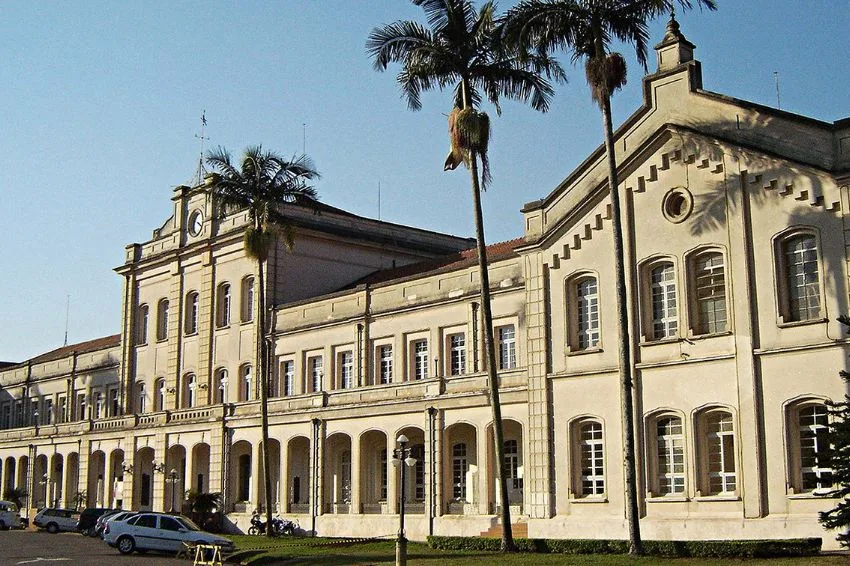Solar and wind sources registered a growth of 2.9% in the composition of the Brazilian energy matrix, together reaching 13.4% of the total supply, and occupying the 2nd position among the largest sources in the country, behind only hydro plants, which are responsible for 56.7%.
The data was published this week by the MME (Ministry of Mines and Energy), in the Monthly Energy Bulletin, and relate to the period of November 2021.
According to Pasta, in the last 12 months, solar energy generation grew by more than 60%, while wind generation grew by more than 20%. With 13.4%, Brazil also surpassed the clean energy indicator of the OECD bloc (Organization for Economic Cooperation and Development), estimated at 13% for 2021.
“Our energy matrix is one of the most renewable in the world with a proportion of 48%, an indicator more than three times higher than the world average. Regarding the electrical matrix, we have 85% of renewability, while the world average is only 28%”, highlighted the deputy secretary of the MME's Energy Planning and Development secretariat, Marcello da Costa.
Solar energy in 2022
Projections from ABSOLAR (Brazilian Photovoltaic Solar Energy Association) indicate that Brazil should reach the end of 2022 with almost 25 GW of installed solar energy capacity. This would represent a growth of more than 91.7% in relation to the country's current numbers, which today have little more than 13 GW.
- READ TOO:
- Solar energy is part of the solution to avoid new water crises, says minister
- Solar energy will reach 13% of the matrix by 2030, highlights Bento Albuquerque
- 'Solar energy has everything to revolutionize the Brazilian energy matrix'
In the entity's understanding, more than 11.9 GW should be added this year, including large-scale plants and own electricity generation systems.
For DG (distributed generation) the projection foresees a growth of 105% compared to the total already installed by 2021, going from 8.3 GW to 17.2 GW. In the GC segment (centralized generation), the expected growth is 67.8%, going from 4.6 GW to 7.8 GW.
The increase should be driven mainly by the advancement of the source in the so-called ACL (Free Contracting Environment) of electricity, which will be responsible for the largest portion of the large plants scheduled to enter commercial operation in 2022.
















